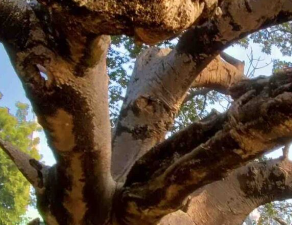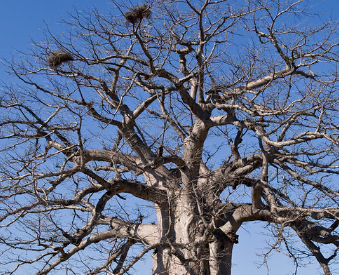Indian Baobab Plant
Indian Baobab is a slow-growing, hardy tree that thrives in sandy, well-drained soil, known for its edible fruit pulp and medicinal uses.

Habit
Tree
Height
12 to 25 m
Growth
Slow
Soil
Sandy, well-drained
Shade
Full
Moisture
Low
Edible
Yes
Medicinal
Yes
Origin
Africa
Climatic Condition
Arid, Dry
Temperature (°)
15 to 40
Humidity (%)
30 to 60
Potting media
Sandy loam mix
Fertilizers
Organic manure, NPK 3:1:2
Watering
Low
Plant Weight
10-15 kg
Flowering Time
Winter to Summer
Soil Ph level
6.0 to 7.5
Water Ph level
6.0 to 7.5
Soil EC
0.3 to 1.0
Yield Per Plant
50-80 kg/tree
NPK ratio
10:10:10
life Span
100+ yrs
Health Benefits
Rich in antioxidants, supports immune health.
Suggested Grow Media or Potting Mix ?
50% sand, 30% loam, 20% compost
Suggested Fertigation/Fertilizers
Fertilize annually with compost or manure in the growing season.
Common Diseases and Remedies
Root Rot Leaf Spot Powdery Mildew Anthracnose Aphids
Yellowing, wilting leaves Brown or black spots on leaves White powdery spots on leaves Dark lesions on fruit and leaves Curling, yellowing leaves
Fungicides containing metalaxyl Copper-based fungicides Myclobutanil-based fungicides Chlorothalonil-based fungicides Imidacloprid-based insecticides
HEALTH BENEFITS
Highly nutritious, providing vitamin C, calcium, potassium, and antioxidants; known to boost immunity, digestion, and skin health.

